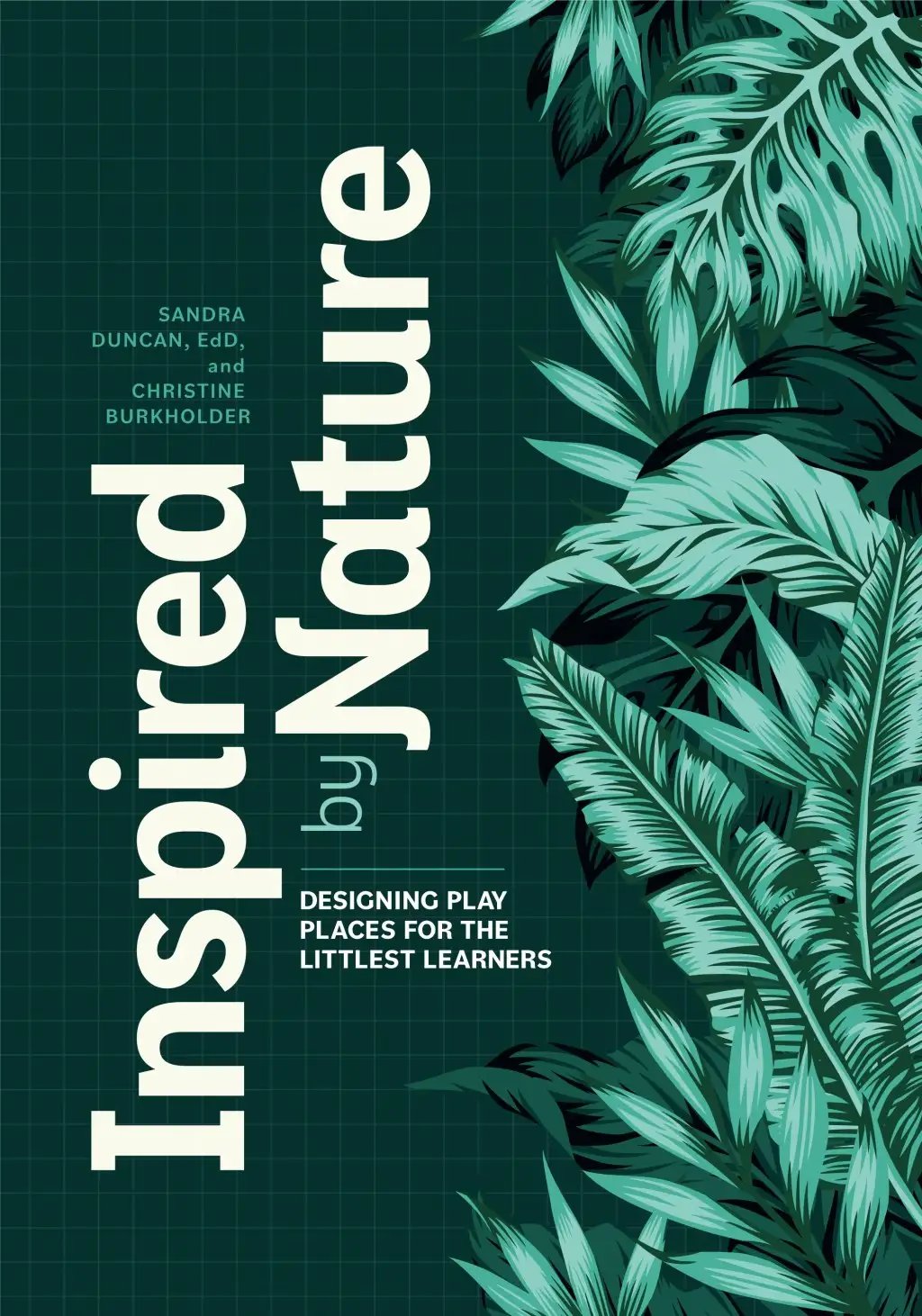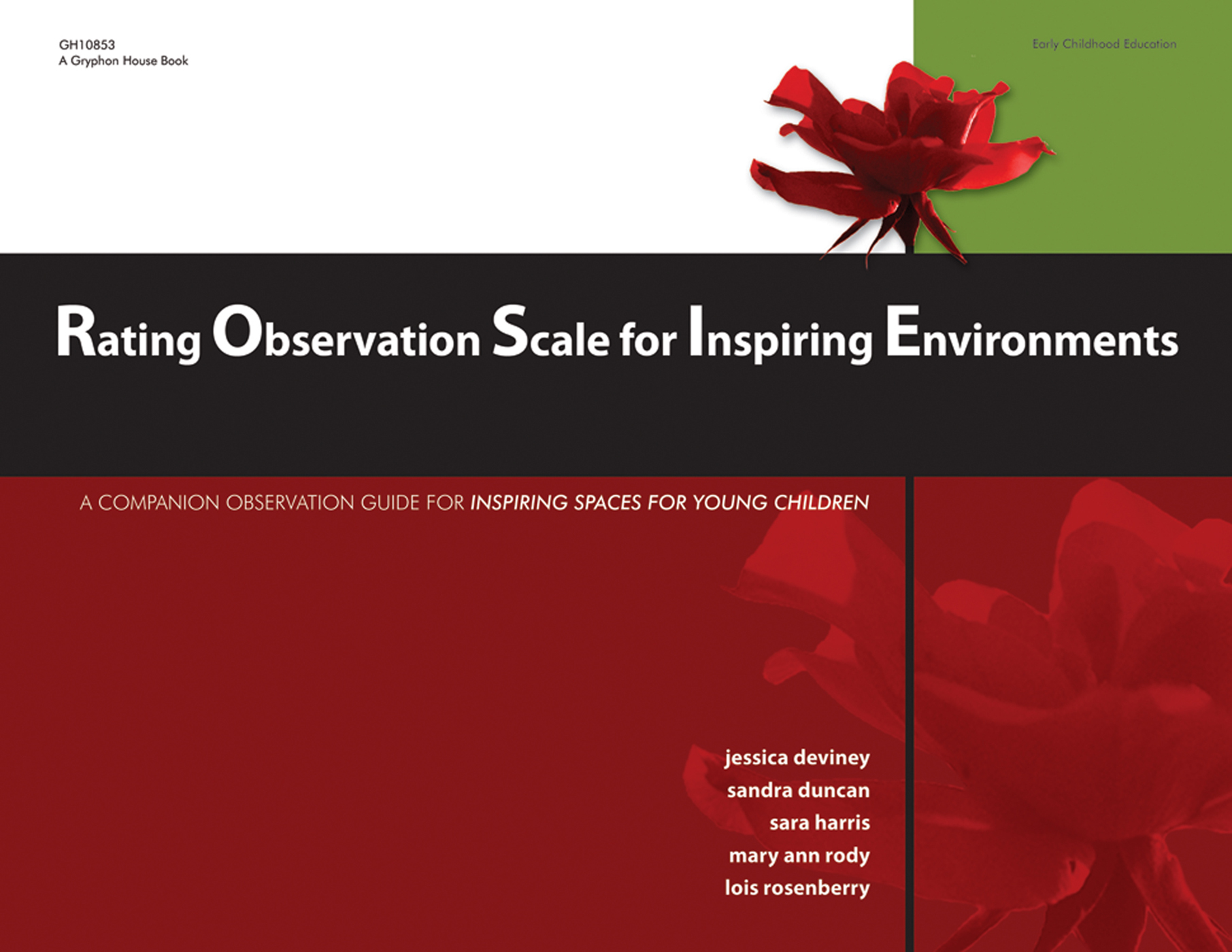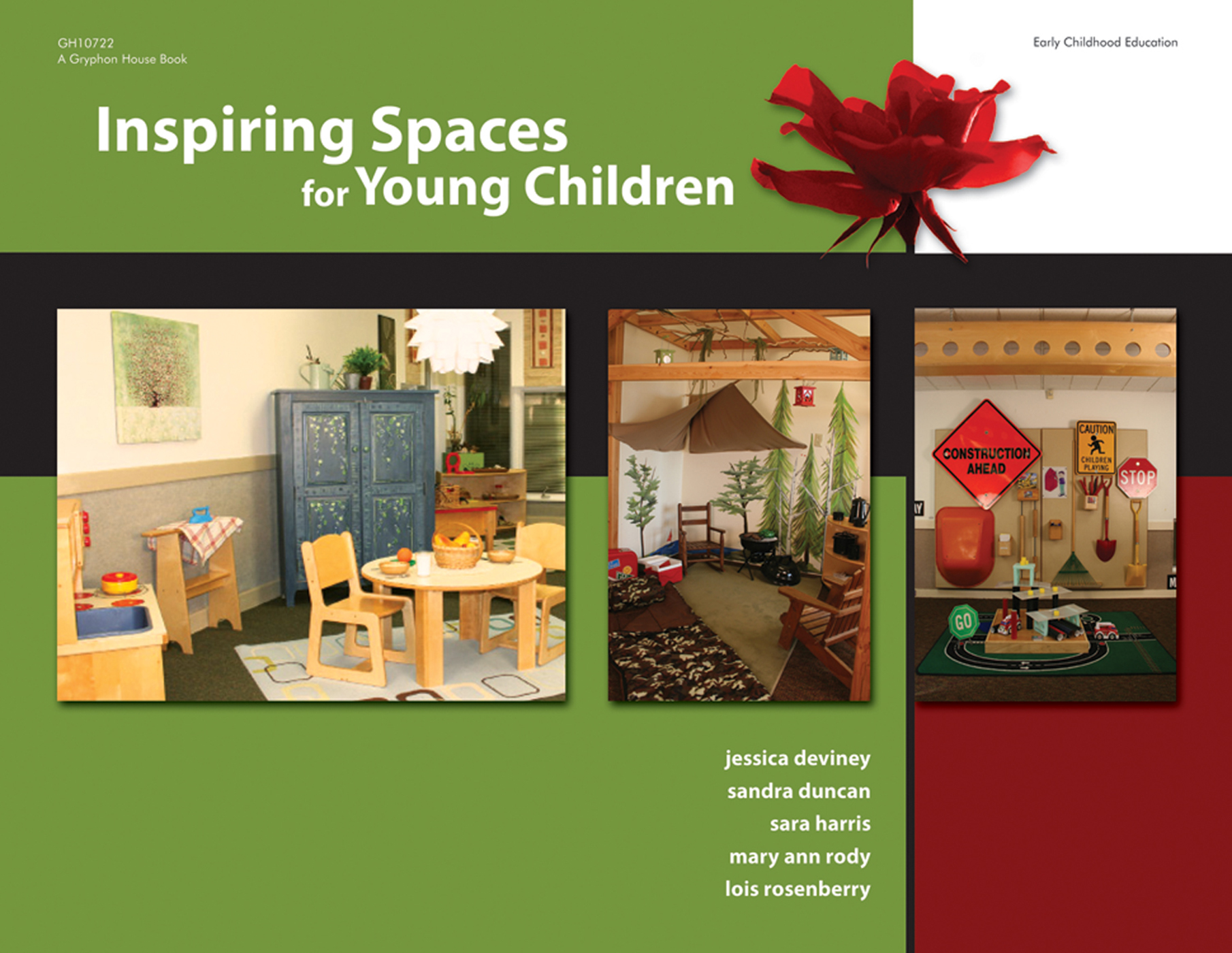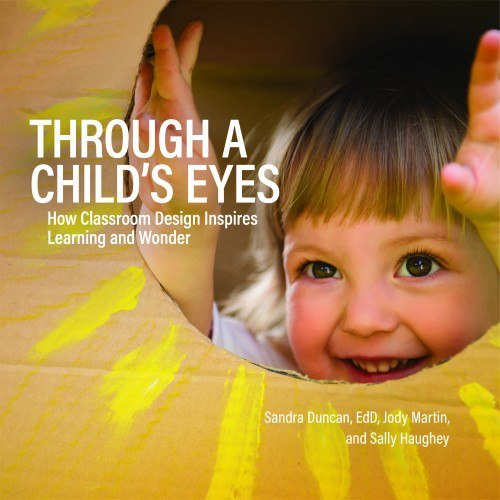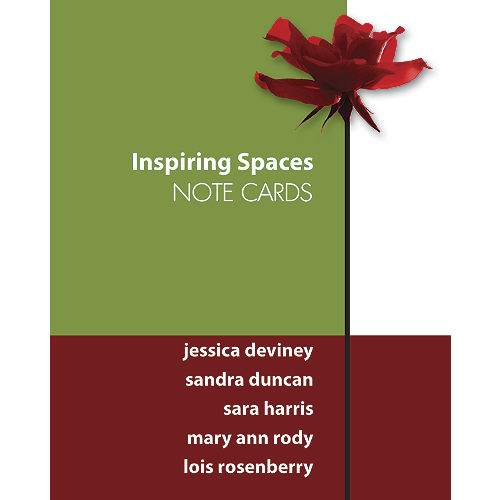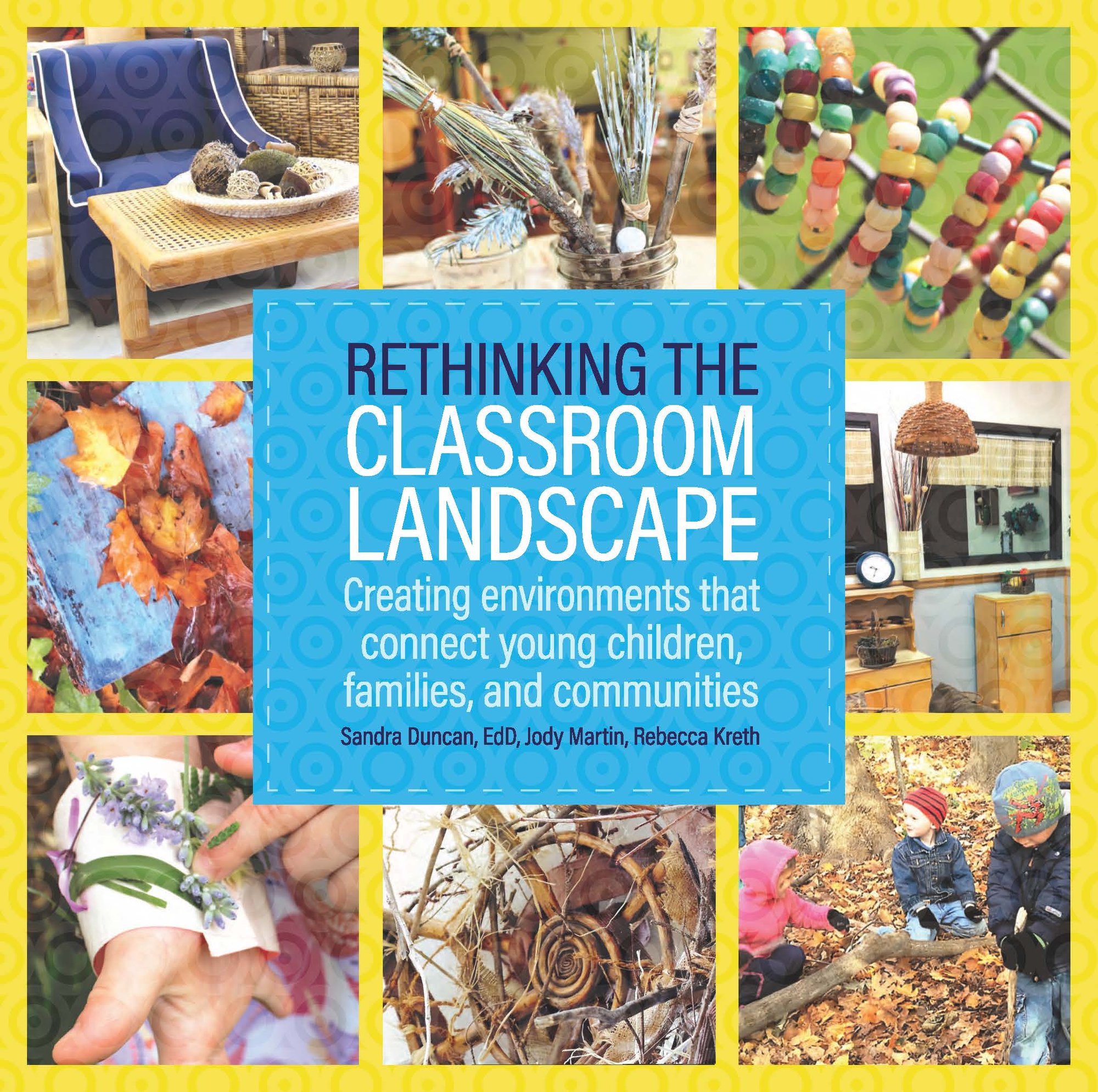With over 45 years of experience in the early care and education field and a doctorate in education, Dr. Duncan has extensive experience in working with young children and parents, teaching at the university level (doctorate students and early childhood students), PDA specialist for CDA candidates, designing and writing professional development programs for practitioners, and authoring several teacher resource books including Inspiring Spaces for Young Children and Rating Observation Scale for Inspiring Environments (ROSIE). As the former owner of eleven early childhood programs (i.e., well baby clinic, reading diagnostic clinic, park and recreation, programs for special rights children, preschool, and child care) and current owner of eleven before- and after-school programs serving over 1,100 school agers for three public school systems, Dr. Duncan has a wide and varied background in early care and education. Most importantly, she is the proud grandma of Sierra Elizabeth.
Webinars
How Classroom Design Inspires Children's Learning and Wonder
How to Create Inspiring and Purposeful Environments for Young Children
Rethinking Classroom Containers
FAQs
Q: Your book, Inspiring Spaces for Young Children, is about how to create classroom environments that support and inspire learning. Why is the classroom environment such an integral part of the learning process for young children?
Young children are very concrete learners who like to see, touch, and do. Children are naturally curious and learn best when they can use all of their senses to manipulate objects in a hands-on way. They become the authors of their own learning when they take part in investigations of the world around them. They become inspired and intrigued when the environment is aesthetically beautiful and responsive to their inquiries. The early childhood classroom has been referred to as the “third teacher” because when properly designed, children can learn by interacting within the environment and its elements. When the classroom offers many creative, inspirational, and natural elements to explore, children investigate and create theories about how the world works. Children’s learning is expanded through the languages of drawing, painting, sculpting, and weaving. Together, teachers and children can create visible traces of their learning through classroom books, charts, graphs, and other documentation, which is then displayed and revisited. The environment is an integral part of the learning process because it offers inspiration, respect and support that encourages children to gain a lifelong love for learning
Q: What aspects of a classroom should teachers evaluate to ensure that they have created an inspiring environment?
In order to create an inspiring environment, teachers must evaluate their classrooms through an aesthetic perspective. Research indicates that children who reside in an aesthetically pleasing environment exhibit improved behavior, renewed focused, and enhanced creativity. Here are some tips to insure an inspiring environment:
De-clutter the Environment. A chaotic and cluttered environment is not inspirational and will negatively affect the learning process so it is important to eliminate anything that is not needed.
Organize the Environment. Ensure that counters, cabinets, and shelves are clear and organized. Materials and supplies should be displayed in ways that enhances the classroom’s beauty, such as natural baskets organized on shelves within the children’s reach.
Use Neutral Colors. Bright, chaotic primary colors assault children’s senses and may stimulate negative behavior. On the other hand, neutral tones with a splash of color are more conducive to a calmer environment and children’s sustained focus.
Create Focal Points. Focal points are important for organizing the visual cues and giving a sense of purpose to objects in the space. Focal points can magnetize children into the room and create interest in the objects in the space.
Infuse Natural Elements. Natural items should be used throughout the classroom to encourage exploration and offer children a connection with the natural world. Nature offers a wonderful and cost-effective source of inspiration that stimulate creativity, discovery, and learning.
Honor Children’s Work. Children’s work should be displayed in a way that gives honor and respect to the work, such as framing the children’s paintings or drawings and displaying them on a gallery way. Remember that ‘less is more’, so display only a few masterpieces at a time to give them honor and importance. All displays should be evaluated frequently and children’s work should be changed often to keep alive the element of surprise and interest.
In addition, textures, furnishings, and elements such as lighting can give the classroom a comfortable feel while stimulating interaction and investigation.
Q: What are some easy things teachers can do to create inspiring environments for young children?
The best place to look for easy and inspiring items is nature. Ensure that the science or exploration area is full of interesting items from the outdoors such as buckeyes, seeds and pods, leaves of all colors and designs, flowers, grasses, herbs, rocks, shells, wood pieces, and pinecones. Keep these natural items fresh and changing. But do not confine these natural items to the science table. Use these items at the art area to make collages, for painting, rubbings, or stencils and molds. Instead of painting with a paintbrush, try using a stalk of wheat. Rather than tracing a starfish from a plastic stencil, use a real starfish as a stencil. Instead of rolling clay with a rolling pin, use a field-corn cob. These changes are easy, inexpensive, and incredibly inspiring to young children! And do not forget that all ideas do not come from exclusively from the teacher----ask the children for their ideas!
Q: You have written many curriculums for preschool. How has the learning focus for young children changed since you have been in the Education field? What challenges do educators face now?
With the advent of increased expectations for teacher accountability and children’s knowledge under the guise of learning standards, there is intense and detrimental focus on knowing rather than understanding. Unfortunately, we find ourselves concentrating on teaching facts instead of encouraging a sense of wonder. Research indicates that children are born with an inherent sense of curiosity about their world so it is critically important for adults to acknowledge, foster, and sustain this curiosity. Nature and its glorious elements is a perfect backdrop to encourage children’s understanding of how the world works. Once understanding occurs, knowing will instinctively follow.

